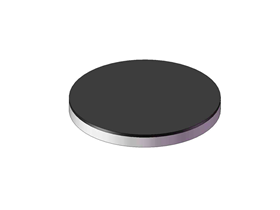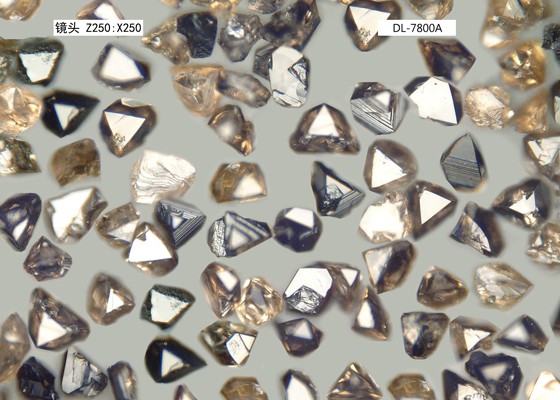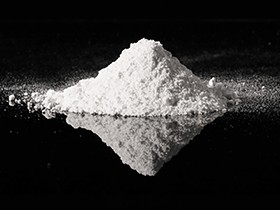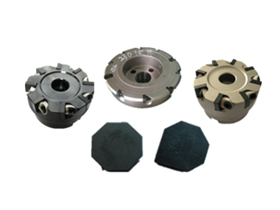Cutting machinability is commonly used after machining the surface roughness of the workpiece, the permissible cutting speed and the degree of tool wear to measure. It is related to the chemical composition of the metal material, mechanical properties, thermal conductivity and work hardening degree and many other factors. Usually use the hardness and toughness for cutting machinability good or bad general judgment. Generally speaking, the higher the hardness of the metal material is more difficult to cut, hardness is not high, but the toughness, cutting is also more difficult. General non-ferrous metals (non-ferrous metals) than ferrous metal cutting and processing of good, cast iron than steel.

(1) hardness and strength: hardness is the ability of the surface of the material to resist hard objects pressed into its own surface. Strength refers to the material in the external force, the resistance to deformation and fracture.
Usually when the strength and hardness of the material is moderate, the cutting and machining is better. The higher the hardness and strength of the material, the higher the cutting force, the higher the cutting temperature, the faster the CBN tool wears, and the worse the cutting and machinability of the material. For example, 20CrMo alloy steel at room temperature than the strength of 45 steel lower than 65MPa, but at 600 ℃ its strength is higher than 45 steel 180MPa, so the cutting and machining of 20CrMo is poor. But the lower the hardness of the material, the higher the plasticity, its cutting and machining is also poor, such as pure iron, pure copper, pure nickel.
The hardness mentioned above is the macro hardness. But in the organization of metal materials, there are fine hard point inclusions. Such as A1203, SiO2, TiC, etc., their micro-hardness is high, cutting on the CBN tool to produce abrasive wear, so that the cutting and machining of the material is reduced.
In the cutting process, the material is cut layer in the role of CBN tools, extrusion, friction and produce intense plastic deformation, cutting surface and machined surface hardening phenomenon, the degree of hardening up to 200% or more, the depth of up to 0.3mm or so, exacerbating tool wear.
(2) toughness: toughness refers to the ability of the material to resist impact loads without damage, expressed in terms of impact value Ak. The higher the toughness of the material, the greater the energy absorbed in the deformation, the greater the resistance to cutting, high cutting temperature, chip breaking is difficult. Therefore, the material with high toughness, cutting and machining is difficult.
(3) plasticity: plasticity refers to the permanent deformation of the material without the ability to be destroyed, with the elongation and section shrinkage rate price. The greater the plasticity of the material, the greater the deformation during cutting. Cutting force is large, cutting temperature is also high. Chips stick to the front tool surface to produce chip tumors, which affects the roughness of the processed surface. In the cutting process, CBN tool durability is also low.
(4)Modulus of elasticity: modulus of elasticity E is an indicator of the stiffness of the material. Large modulus of elasticity, said in the external force is not easy to produce elastic deformation. Different materials modulus of elasticity is also a big difference. Such as: soft rubber E = 1.96-3.92MPa, molybdenum E = 490000MPa, alloy structural steel E = 205800MPa.
Small modulus of elasticity of the material, elastic recovery, easy to deform, not easy to ensure the machining accuracy, the requirement of CBN tool back angle increases, or exacerbate tool wear. Modulus of elasticity of the material is very large, due to the material of the atomic bonding force, good rigidity, chips are not easy to cut down, but also difficult to cut and process.
In summary, the performance of CBN tools have a significant impact on cutting and machining, including improving productivity, ensuring machining accuracy, reducing production costs, improving the surface quality of the workpiece and other aspects.




